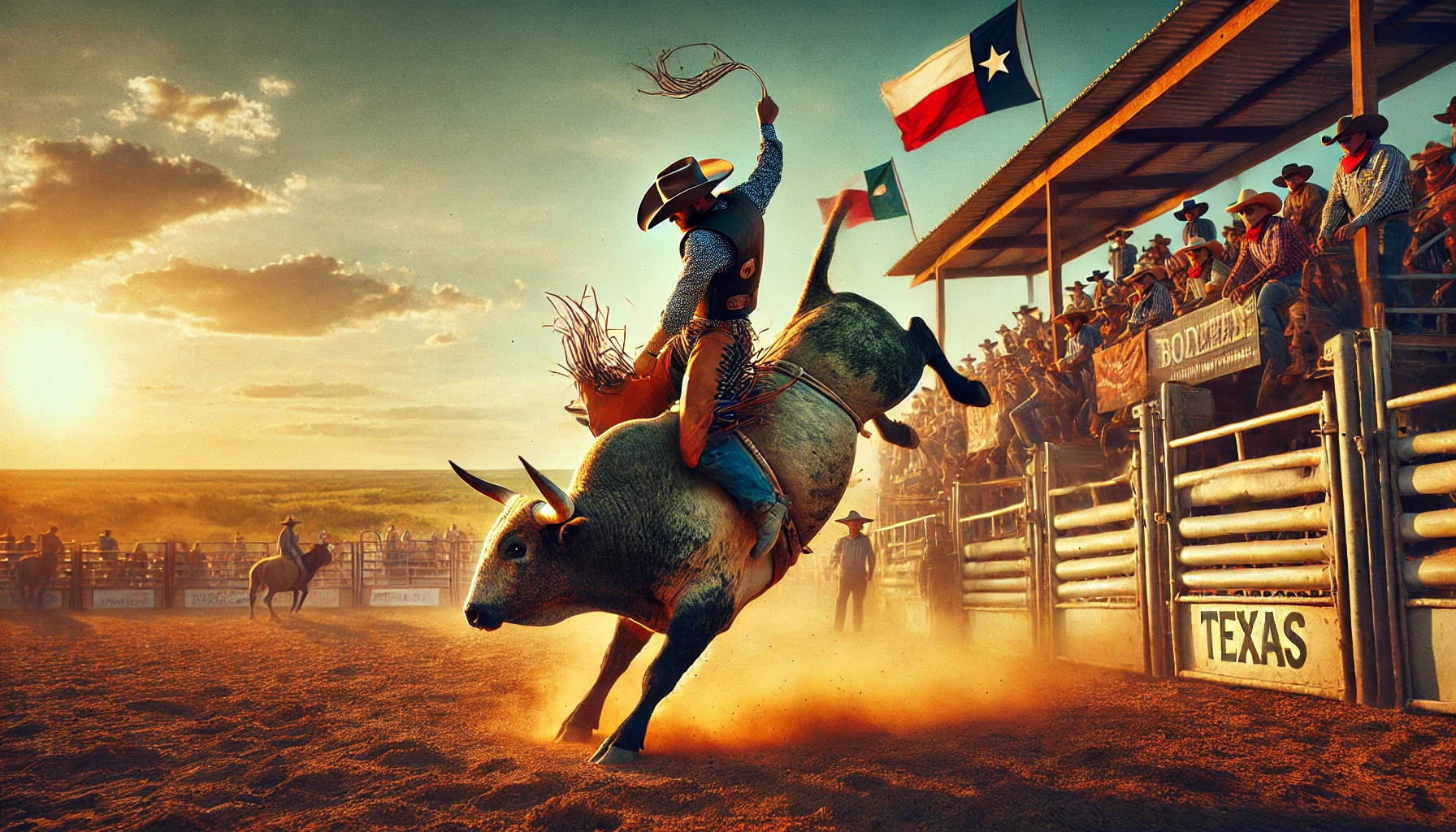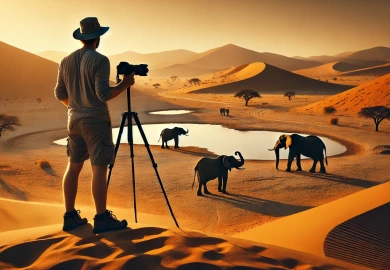
Bull riding is Texas at its most intense. This extreme sport has been captivating audiences for centuries and is a staple of Texas rodeo culture. The heart-pounding action, combined with the skill of the riders and the sheer power of the bulls, makes it one of the most exciting travel attractions in the Lone Star State. Whether you’re a first-time visitor or a seasoned rodeo fan, bull riding in Texas promises an unforgettable experience.
The Rich History of Bull Riding in Texas
Bull riding has deep roots in the cowboy culture of Texas, dating back to the ranching traditions of the American West. Originally stemming from the skills required for cattle herding, rodeos began as informal competitions among cowboys. As time passed, the sport evolved into a professional event, becoming a central part of Texas’s cultural identity.
The first organized rodeos started in the late 1800s, but bull riding quickly became one of the most popular and dangerous events. Today, Professional Bull Riders (PBR) competitions draw thousands of fans to arenas across the state, from small towns to large cities like Houston, Dallas, and San Antonio. These events are more than just sports; they are celebrations of Texas’s cowboy heritage.
Many travelers come to Texas just to witness the thrill of live bull riding events, often attending iconic rodeos such as the Houston Livestock Show and Rodeo. These events showcase not only bull riding but also other rodeo sports, offering a true taste of Western culture.
What to Expect at a Bull Riding Event
If you’ve never been to a bull riding event, get ready for an adrenaline-packed experience. The excitement begins as soon as the gates open. The bulls, weighing up to 2,000 pounds, are powerful and unpredictable, while the riders, dressed in their classic cowboy gear, are focused and determined. The challenge? To stay on the bull for a full eight seconds—a feat easier said than done.
As the buzzer sounds, the bull explodes out of the gate, bucking and spinning as the rider holds on for dear life. The audience is on edge, cheering and gasping with every twist and turn. The combination of skill, courage, and unpredictability makes bull riding a crowd favorite at rodeos.
The atmosphere at a Texas bull riding event is electric. You’ll hear the crowd roar, smell the dust in the air, and feel the ground shake beneath you as the bulls make their presence known. Don’t forget to bring your cowboy hat—it’s a staple at any Texas rodeo and adds to the authenticity of the experience.
Whether you’re watching from the stands or up close near the chutes, you’ll be amazed by the raw power of these animals and the grit of the cowboys. It’s an experience that will leave you on the edge of your seat from start to finish.
The Best Places to See Bull Riding in Texas
Texas is home to numerous rodeo events, where bull riding is often the star attraction. Some of the best places to experience this thrilling sport include:
- Houston Livestock Show and Rodeo: One of the largest and most famous rodeos in the world, held annually in Houston. This event draws top bull riders and some of the meanest bulls in the business.
- Fort Worth Stockyards Championship Rodeo: Located in the heart of Fort Worth, this historic rodeo takes place every weekend and offers an authentic Western experience.
- San Antonio Stock Show & Rodeo: This massive event takes place every February in San Antonio and features top-notch bull riding along with other rodeo favorites like barrel racing and team roping.
Each of these events offers a unique way to experience bull riding, from the massive arenas of Houston and San Antonio to the intimate setting of the Fort Worth Stockyards. No matter which you choose, you’re in for a wild ride!
In addition to these major rodeos, many smaller towns across Texas host their own rodeos, each with its own charm and local flavor. These smaller events often provide a more up-close-and-personal look at bull riding, giving you the chance to experience the sport in a more intimate setting.
Preparing for Your Bull Riding Adventure
When planning a trip to see bull riding in Texas, there are a few things you should keep in mind to make the most of your experience. First, check the schedule for rodeo events. Many of the larger rodeos only take place during certain times of the year, so plan your visit accordingly.
Dress the part! Whether you’re heading to a small-town rodeo or a big-city event, wearing Western attire is part of the fun. Cowboy boots, hats, and denim are not only practical for the dusty arenas but also help you feel like part of the cowboy culture.
Also, be prepared for a full day of excitement. Rodeos often last several hours and feature multiple events beyond bull riding, such as steer wrestling, barrel racing, and calf roping. Arriving early allows you to soak in the atmosphere, grab some food from local vendors, and explore the grounds.
Finally, remember that safety is a top priority. Bull riding is one of the most dangerous sports in the world, and both riders and bulls are highly trained. The arenas have safety measures in place, and professional rodeo clowns are on hand to protect the riders once they are bucked off the bulls.
Bull riding in Texas is more than just a sport—it’s an iconic part of the state’s identity. Whether you’re looking for a thrilling travel experience, a chance to witness raw power, or a way to immerse yourself in Western culture, attending a bull riding event in Texas is a must. The atmosphere, the skill of the riders, and the sheer might of the bulls will leave you breathless and craving more.
If you’re ready to dive into the heart of cowboy culture, pack your bags, don your cowboy hat, and head to Texas for the ultimate bull riding adventure.








